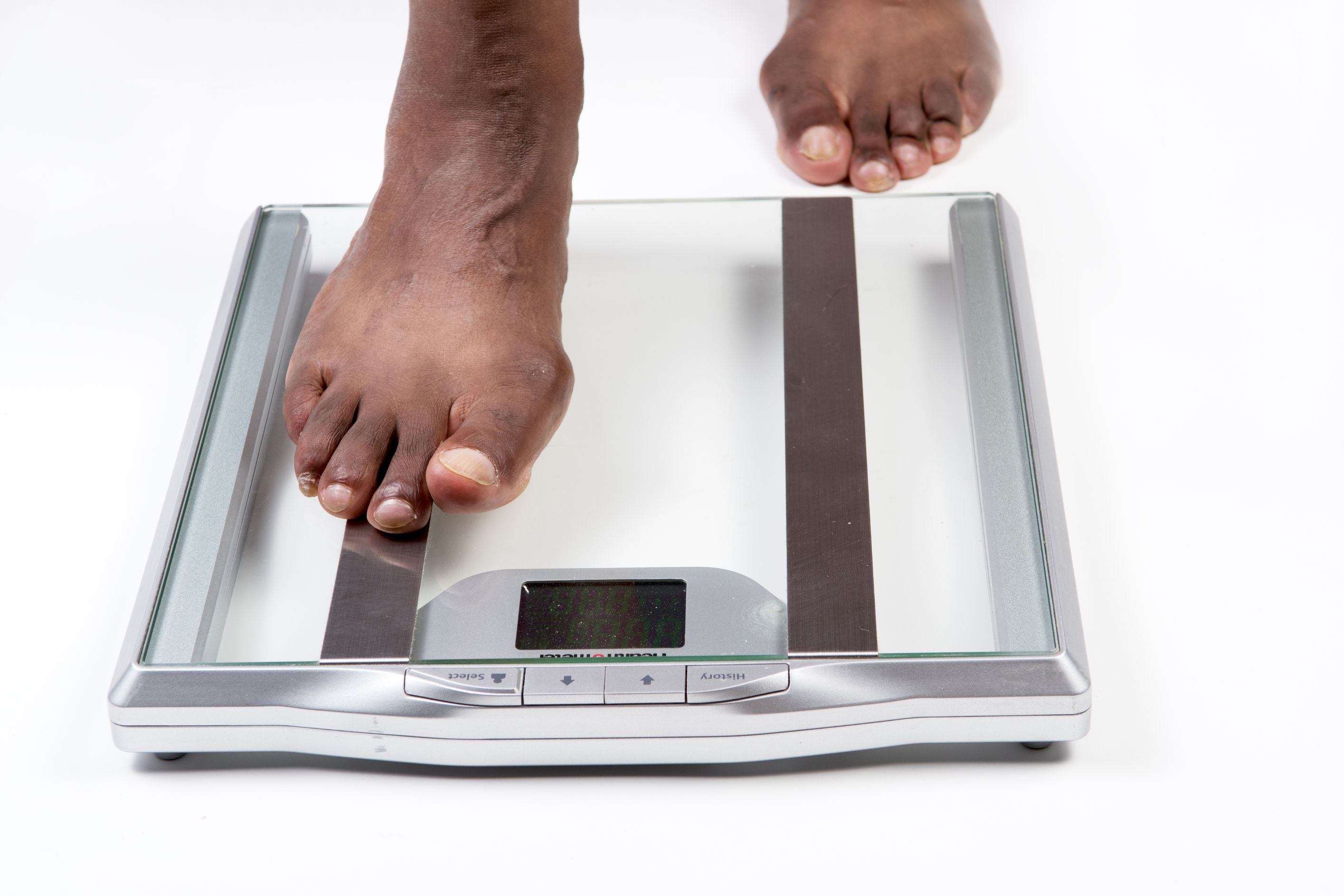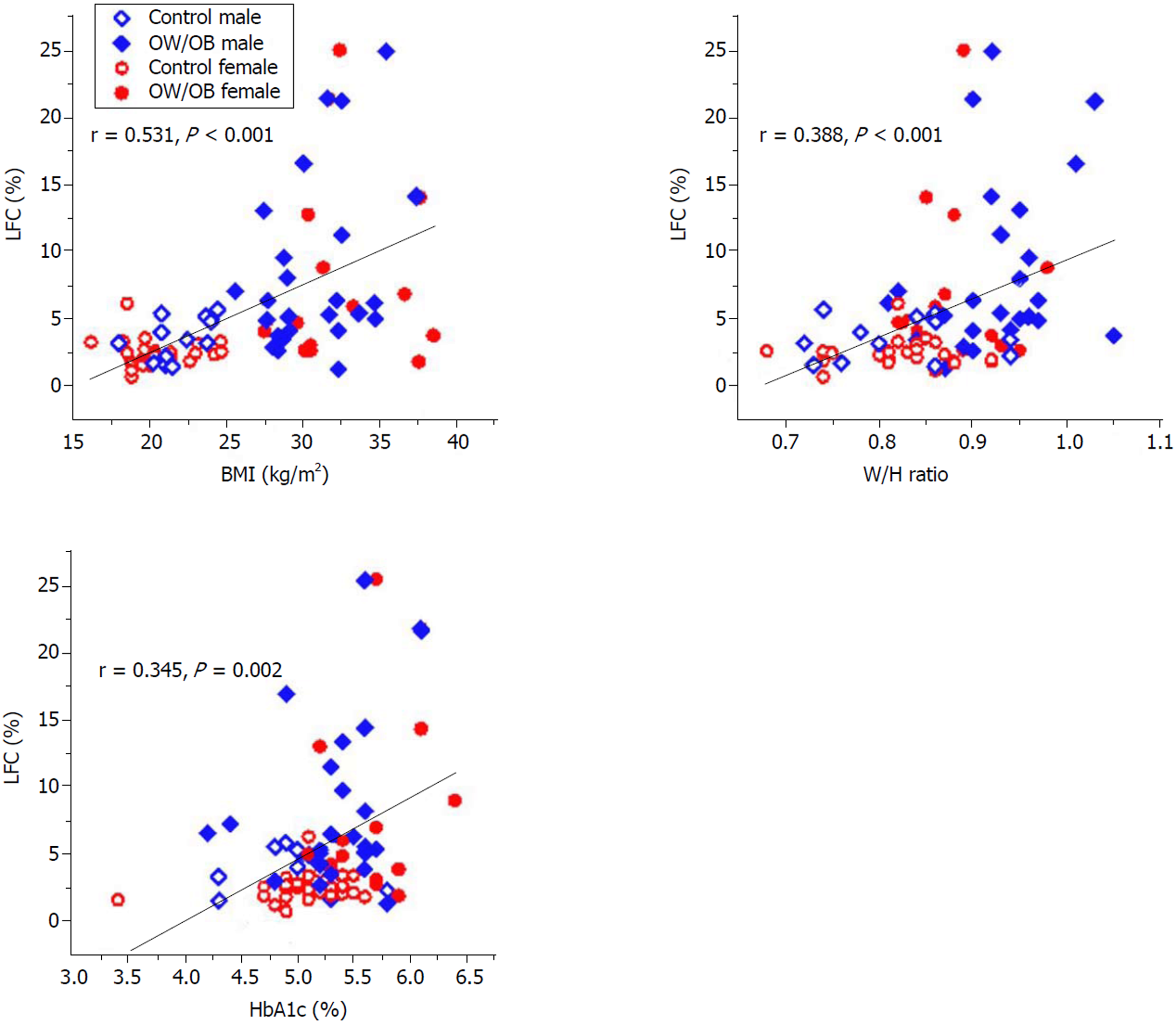

Research shows that Asian and South Asian populations have more body fat relative to their body weight than white populations and that health conditions like type 2 diabetes occur at lower BMI levels in Asian populations than in white populations ( 6).

Studies have shown that healthcare professionals are more likely to misclassify Black women as having obesity because of their higher percentage of muscle mass ( 6). Plus, BMI is not associated with blood fat levels in Black women as it is in white women ( 4). This is because BMI is a weaker indicator of body fat levels in Black women and because, on average, Black women have different fat distribution than white women. This means that even if two women have the same BMI, they can have very different regional body fat distribution and muscle mass ( 3).įurthermore, researchers acknowledge that the link between BMI and mortality risk is much weaker among Black women than among white women ( 4, 5). However, a person’s ethnicity does not determine their weight, body fat distribution, proportion of muscle mass, waist circumference, or other body metrics. These differences between women of various ethnicities are based on data averaged over many people. One review found that Mexican American women may have 3–5% more body fat and a larger waist circumference than white or Black women with similar BMIs ( 3). On average, Mexican American women have more body mass in their abdomen. Additionally, Black women tend to have a higher amount of muscle mass than white or Mexican American women ( 3). However, women differ in body shape and body composition.įor example, research shows that Mexican American women tend to have a different body fat distribution than white or Black women. White, Black, and Hispanic women are considered to be at a “healthy weight” when their BMI lies between 18.5 and 24.9.įor example, according to the Centers for Disease Control and Prevention (CDC), a woman 65 inches (1.65 meters) tall would fall within a normal BMI range if she weighed 111–150 pounds (50–68 kg) ( 2). However, as this article will discuss later, different BMI cutoffs have been developed for Asian and South Asian populations. White, Black, and Hispanic womenīMI does not inherently distinguish between people of different genetic backgrounds. Doctors may recommend different cutoff points depending on a person’s ethnicity, muscularity, and other factors. While a chart can be helpful, BMI is not a one-size-fits-all concept.


 0 kommentar(er)
0 kommentar(er)
